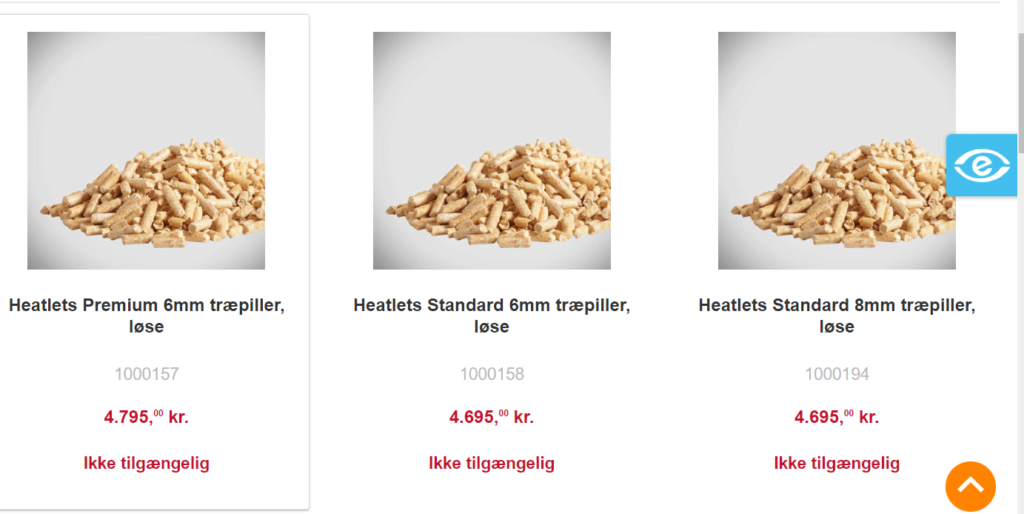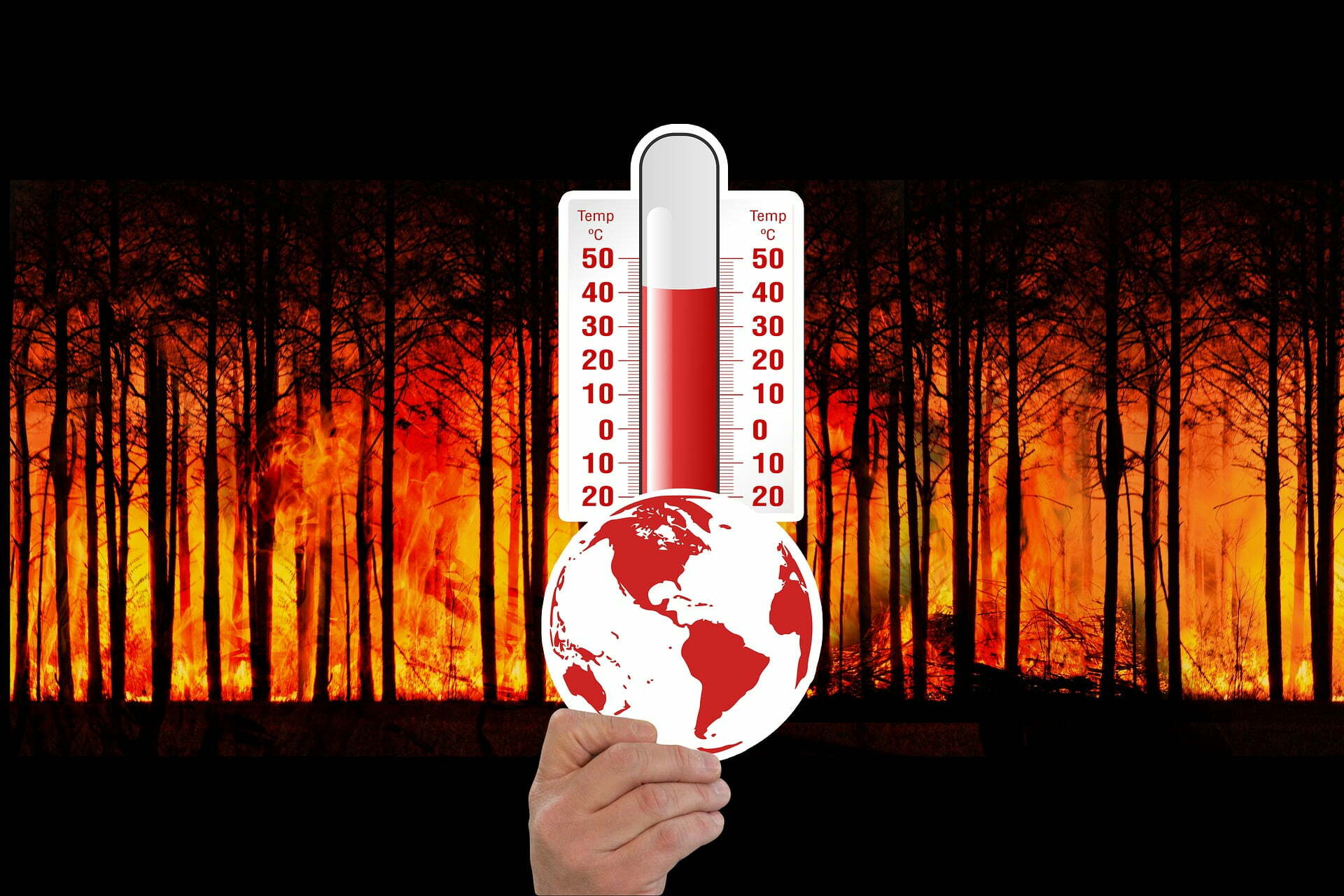Gas is not the only heating resource causing problems in Europe.

Many years ago, I worked at a school campus in Denmark. There, I was leading a project to shift to a new energy source for our heating needs. Up until then, we used heating oil. To move in a more sustainable direction, we decided to change the heating system. Instead of oil, we wanted to use wood pellets for heating. At the time this seemed like a great idea, for several reasons:
- Wood Pellets appeared to be somewhat renewable. After all, trees grow again. And the CO2 emissions were much lower than with fossil fuels.
- While the energy return is lower with pellets than with oil, or gas, the lower price more than made up for it.
In general, the calculation looked something like this:
- Wood pellets only deliver half the energy output pr. kg, compared to a liter of oil.
- The price pr. kg of pellets was somewhere around 1,8 – 2 DKK, whereas a liter of oil could be anywhere between 8 and 12 DKK/liter.
Politicians encouraged many households and businesses to switch to wood pellets for heating. Wood pellets, woodchips, and biodiesel were advertised as a climate-friendly alternative. Plus, you could save a ton of money on your heating bill. Wood pellets for heating were a clear winner. For climate and wallet. Until now.
Where Are Your Wood Pellets for Heating Coming From?
In the case of Denmark, the answer is obvious. Not from inside the country. There are hardly any forests. So, where then?
It turns out, that Russia was a major supplier for the European market.
Often, Russia first exported the pellets to the Baltic countries, Sweden, or Finland. From there, they entered the rest of the EU.
This is why wood pellets for heating are a blind alley. Like with every product in our globalized world, supply chains are fragile. Extreme climate events, wars, and sanctions cause them to break down. This isn’t going to stop. The example of biomass is just one in a line of many resources, that are becoming scarce.
The results are clear. Since the sanctions prices of pellets have tripled. At my old school, we used to buy them in loose form. A truck would blow them into the storage. Let us have a look at the prices from the supplier we usually bought from.

When I left Denmark 6 months ago, the average price was around 1.800 DKK/ton. A price increase of 260%. If you can get any, that is. We used around 16 tons/month during the heating season. With current prices, that is an additional cost of nearly 47.000 DKK/month. That is a whopping extra bill.
For many smaller businesses, this is the difference that makes or breaks them.
Private households are no better off. Right now, the importers warn that there might not be any pellets at all during winter. For those who made the switch, that is a grim outlook. Winters can get pretty cold in Denmark.
Wood Pellets for Heating Were Never Climate-Friendly
European countries will probably find alternative suppliers in the long term. Canada could be an option. But do you see the issue? The supply chain will get longer. Which means higher prices. And more environmental impact. Speaking of which. Wood pellets for heating were never a climate-friendly alternative.
Many people believe, that pellets are a waste product. That they are exclusively made from leftover sawdust. That was the case many years ago. By now, demand far exceeds supply. Therefore, forests get cut down only for this purpose.
This has serious effects on the forest ecosystems. During harvesting, the soil gets eroded. The heavy machinery that does the job uses vast amounts of fossil fuels. And it takes a lot of energy to compress the sawdust into pellets.
Wood pellets were another greenwashing scam. Like our obsession with electric cars. Unless we start to be honest about what sustainability means, we are screwed. We should not call wood pellets a “renewable energy” source. On the upside, the economic argument for wood pellets has completely vanished. Switching to wood pellets as a major heating source was a major mistake. The best option we have are heat pumps. Or to invest in turning our houses into zero-energy homes.
But that would need massive investments by our civilization.




